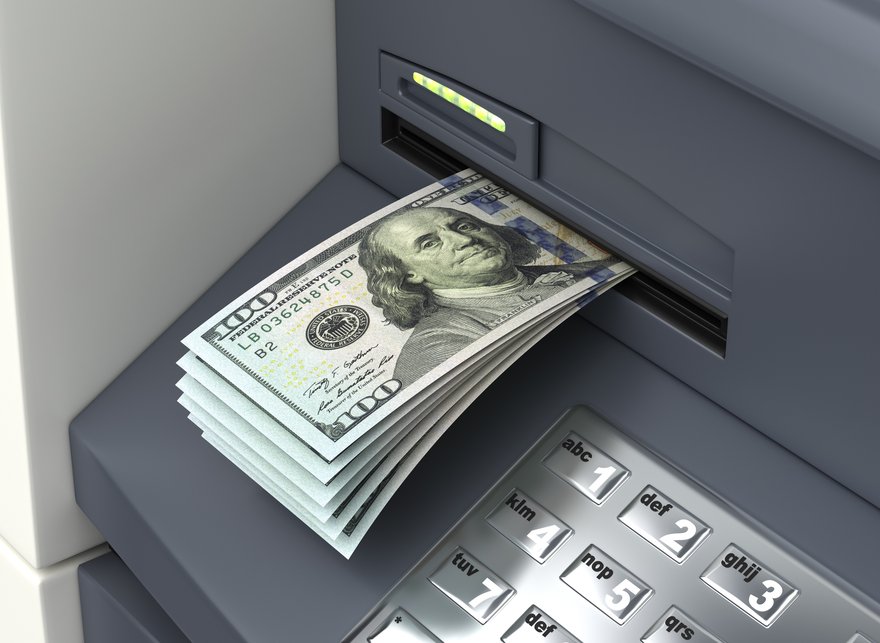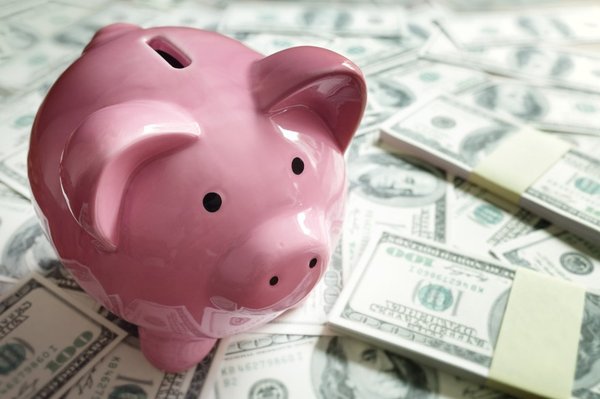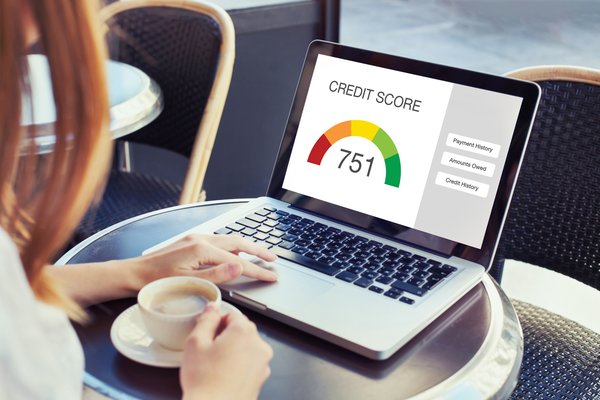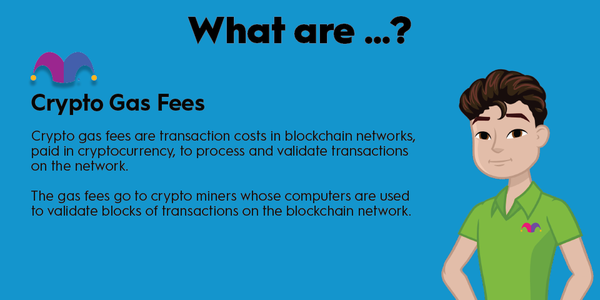Have you ever wondered what would happen if you deposited or withdrew a significant amount of money from your bank at once? Sometimes, it triggers a currency transaction report. But don't worry -- these happen often, and unless you're committing a crime, you should be just fine. Read on to understand what's happening behind the scenes.

What is it?
What is a currency transaction report?
Since the Bank Secrecy Act made currency transaction reports a requirement, bank tellers or automated systems have generated them to record large bank transactions. When the law was written in 1970, the threshold was set at $10,000. So, that's the magic number that triggers a required currency transaction report.
Most individuals, companies, and other entities are required to be reported when they move around $10,000 or more, but a few bodies are exempt, including:
- U.S. banks
- Governmental agencies and departments
- Publicly traded companies, except those traded on the Emerging Company Marketplace or under the Nasdaq Stock Exchange's Small-Cap Issues heading
What's in it?
What's included in a currency transaction report?
A currency transaction report, also known as FinCEN form 104, is a pretty simple form for something that strikes so much fear in the hearts of everyone. It includes really basic information, like:
- The name of the person or entity initiating the transaction
- Identifying information, such as a Social Security number or employer identification number (EIN)
- The address of the party involved
- The type of identification the party used in the transaction
- The amount of money transacted
- The type of transaction, such as a wire transfer or in-person transaction
- The financial institution where the transaction occurred
They're very simple reports meant only to monitor large transactions. Of course, since the value that triggers a currency transaction report hasn't been updated in decades, many more of these forms are generated than originally intended.
There's no need to panic if you find out one has occurred when you took money out to buy an electric car or put a down payment on your new home. They're routine and don't reflect on you poorly as long as you're honest.
Structuring
Structuring and currency transaction reports
The hard-and-fast rule of thumb is that currency transaction reports are generated on transactions of $10,000 or more -- but that's not really the whole story. They're also generated when someone makes a suspicious transaction, especially if it looks like they're trying to purposefully get around a currency transaction report being generated.
This is known as "structuring." Structuring can trigger a currency transaction report, even if the amount of a single transaction is very low. For example, let's say you sell an RV for $30,000 in cash and want to deposit it without arousing suspicion. You might consider dividing the money up into six transactions of $5,000 each to avoid the report being generated.
And maybe you deposit twice a day for a few days or even once a day for a week. Your bank can still see those transactions and has a record of them adding up -- even if you're doing it at different branches. This behavior will absolutely trigger a currency transaction report, as well as a suspicious activity report.
Structuring is a type of money laundering and is illegal. One good approach is to take your bill of sale with you when you make the deposit. No one will care about the size of the transaction; the currency transaction report is just a piece of paper that gets filed away.
Vs. suspicious activity report
Currency transaction report versus suspicious activity report
Currency transaction reports and suspicious activity reports can sometimes both be filed on the same transaction, but that doesn't mean they're the same thing. A currency transaction report automatically happens when you exceed the $10,000 threshold within a few days, but a suspicious activity report only happens when something is not right.
Currency transaction reports are the default; they happen for everyone. As long as you can explain where the money came from or is going, there's nothing to worry about. It just goes into a file and basically disappears forever for anyone making a legitimate transaction. Many people regularly move $10,000 around, as in the examples above for things like buying or selling real estate or vehicles.
But if you're suspected of money laundering, that's where it gets more dicey, and the suspicious activity report comes into play. Even if you're "only" trying to structure your transactions to avoid the currency transaction report -- which doesn't work, by the way -- you will trigger a suspicious activity report to go along with your currency transaction report.
Related investing topics
A suspicious activity report is more than just a form with some basic information on it, like a currency transaction report. It's a case narrative of what you've been doing at the bank and why the people there think it's fishy.
So, if you structure your deposits or commit wire fraud, the Financial Crimes Enforcement Network (FinCEN) will likely become involved. They'll decide what happens next, which includes potential federal criminal charges.















































































































